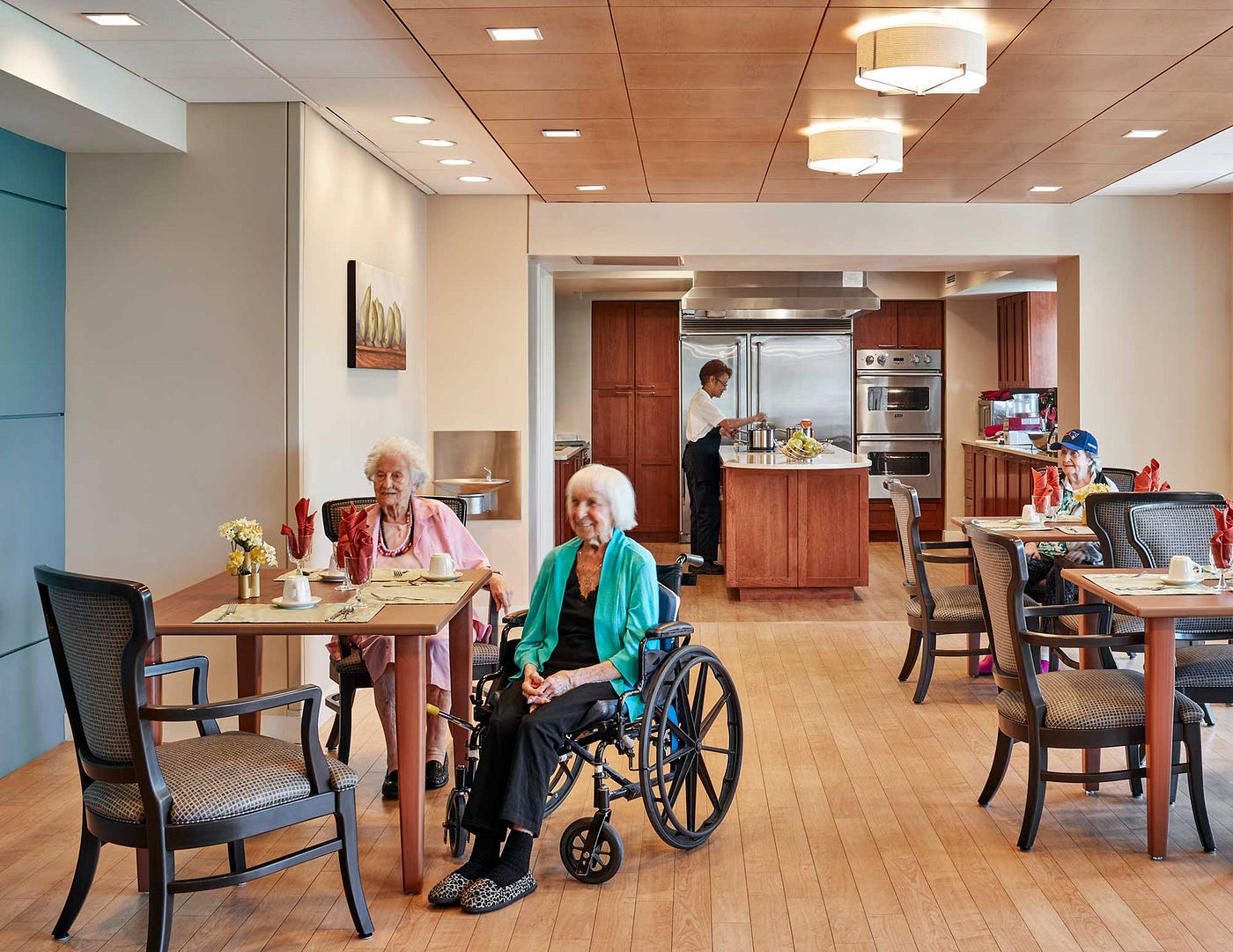The Growing Demand for Nursing Homes in the UK
1. Demographic Changes and Increased Demand
The UK's aging population has led to a significant rise in the demand for nursing homes. As lifespans extend, more individuals require long-term care solutions.
Key Factors Influencing Demand:
-
Aging Population: A larger elderly demographic necessitates more care facilities.
-
Chronic Illnesses: Increased prevalence of conditions requiring ongoing care.
-
Family Structure Changes: Smaller family units mean fewer caregivers at home.
2. Types of Nursing Homes
Nursing homes vary widely in terms of services and facilities offered. Understanding these differences is crucial for making informed decisions.
Categories of Nursing Homes:
-
Residential Care Homes: Offer accommodation and personal care, assisting with daily activities.
-
Nursing Care Homes: Provide medical care from qualified nurses alongside personal care.
-
Specialized Care Homes: Cater to specific needs, such as dementia care or palliative care.
|
Type of Nursing Home
|
Key Features
|
|
Residential Care Homes
|
Personal care, recreational activities
|
|
Nursing Care Homes
|
Medical supervision, nursing staff
|
|
Specialized Care Homes
|
Focused care for specific conditions
|
Cost and Funding of Nursing Homes
1. Understanding the Costs
The cost of nursing homes varies significantly based on location, services offered, and the level of care required. It's essential to consider these factors when planning for elderly care.
Average Costs:
2. Funding Options and Financial Considerations
Funding for nursing homes can come from various sources, including personal savings, government assistance, and insurance.
Common Funding Sources:
-
Local Authority Funding: Available for individuals who meet specific criteria.
-
Self-Funding: Personal finances, savings, and assets used to cover costs.
-
Insurance and Benefits: Coverage through long-term care insurance policies.
|
Funding Source
|
Eligibility and Coverage
|
|
Local Authority Funding
|
Means-tested support for eligible individuals
|
|
Self-Funding
|
Personal savings and assets
|
|
Insurance and Benefits
|
Coverage varies by policy
|
Evaluating Nursing Homes
1. Quality Indicators and Standards
Assessing the quality of care provided by nursing homes involves looking at various indicators and standards set by regulatory bodies.
Key Quality Indicators:
-
Staff Qualifications: Level of training and expertise among caregivers.
-
Facility Cleanliness: Hygiene and maintenance standards.
-
Resident Satisfaction: Feedback from residents and their families.
2. Reviewing Ratings and Reports
In the UK, nursing homes are subject to inspections and ratings by organizations such as the Care Quality Commission (CQC).
Importance of Ratings:
|
Quality Indicator
|
Importance
|
|
Staff Qualifications
|
Ensures high standard of care
|
|
CQC Ratings
|
Reflects regulatory compliance
|
|
Resident Satisfaction
|
Indicates quality of life within the home
|
Alternatives to Nursing Homes
1. Home-Based Care
For those who prefer to remain in their own homes, various options can provide the necessary support.
Types of Home-Based Care:
-
Domiciliary Care: Assistance with daily activities provided at home.
-
Live-In Care: 24-hour support from a caregiver residing with the individual.
-
Respite Care: Short-term relief for family caregivers.
2. Comparing Costs and Benefits
While home-based care can offer personalized support and comfort, costs may vary based on the level of care needed.
Cost Comparison:
|
Care Type
|
Cost Considerations
|
|
24-Hour Home Care
|
Personalized care, potentially higher costs
|
|
Part-Time Care
|
More affordable, limited hours
|
Trends in Nursing Home Demand in the UK (2010-2020)
The chart below illustrates the increasing demand for nursing home services in the UK over the past decade.
|
Year
|
Demand (Estimated Number of Beds Required)
|
|
2010
|
400,000
|
|
2012
|
420,000
|
|
2014
|
440,000
|
|
2016
|
460,000
|
|
2018
|
480,000
|
|
2020
|
500,000
|
Source: Care Quality Commission (CQC)
Questions and Answers
Q1. What types of nursing homes are available?
Residential care homes, nursing care homes, and specialized care homes offer varying levels of service and support.
Q2. How are nursing homes funded?
Funding can come from local authority support, self-funding, or insurance. Eligibility and coverage depend on individual circumstances.
Q3. What are key quality indicators for nursing homes?
Staff qualifications, facility cleanliness, and resident satisfaction are essential indicators of care quality.
Q4. Are there alternatives to nursing homes?
Home-based care options, such as domiciliary and live-in care, provide personalized support but may vary in cost.
Q5. How can I assess the quality of a nursing home?
Review CQC reports and resident feedback to evaluate the quality of care and compliance with standards.
Nursing homes are vital in catering to the needs of the aging population, offering various types of care and support. Understanding the options, costs, and quality indicators is crucial for making informed decisions about elderly care.
Sources
-
-
-
-
-

